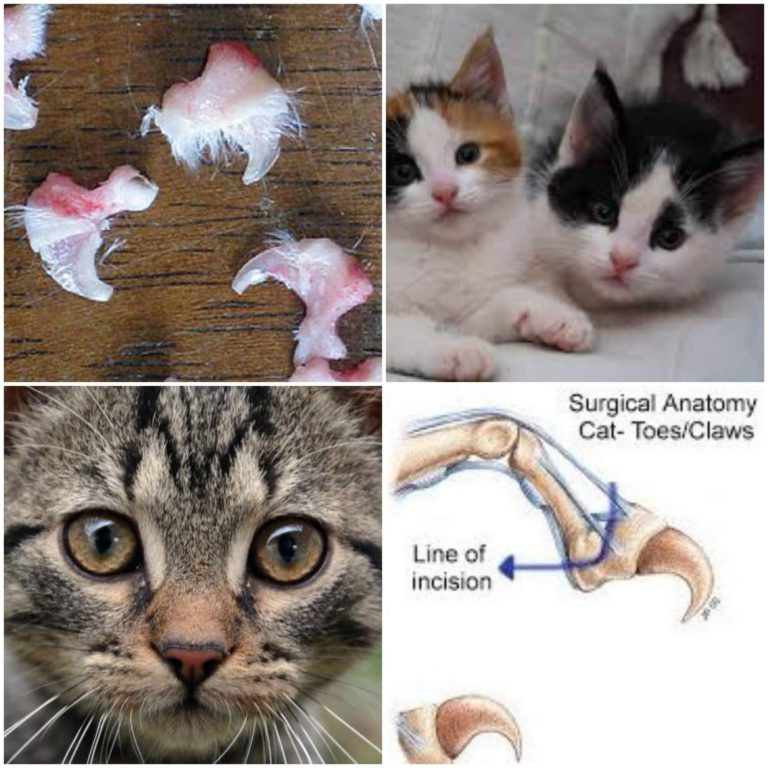When adopting a feline companion, many pet owners may not fully comprehend the weight of their choices—especially when it comes to decisions like declawing. A practice that has been steeped in controversy for decades, declawing a cat involves the surgical removal of its claws, which is comparable to amputating human fingertips. This procedure not only raises ethical questions but is emblematic of a deeper societal issue regarding the treatment of animals. Is declawing a cat animal cruelty? This discussion requires a comprehensive understanding of the implications, the rationale behind the practice, and the alternatives available to conscientious pet owners.
Declawing, scientifically known as onychectomy, originated from a misguided desire for tidy homes and unscathed furniture. Felines naturally scratch to maintain their claws, marking territory, and indulging intrinsic behavioral instincts. In fact, scratching is vital for a cat’s physical and psychological well-being. In an effort to curb this instinctual behavior, some owners resort to declawing, believing it to be a viable solution to prevent property damage. However, the ramifications of this choice often ripple far beyond the initial intention.
When we consider the methodology of declawing, it becomes evident that the procedure involves more than simply clipping nails. The surgery entails the excision of the last bone of each toe—essentially altering the feline’s anatomy. Notably, this can lead to chronic pain, an array of behavioral problems, and dire complications in some cases. Cats deprived of their claws are more likely to exhibit aggressive behavior or develop anxiety, as their primary defense mechanism has been stripped away, rendering them vulnerable. Indeed, the prevailing notion that declawing is a benign solution fails to acknowledge the profound trauma inflicted upon these animals.
Beyond the physical and behavioral implications, a deeper ethical quandary arises: is it morally justifiable to modify an animal so profoundly for our convenience? Animal rights advocates argue vehemently that declawing is an act of cruelty—an uninformed choice that reflects an archaic understanding of animal care. Countries such as Britain have outlawed the procedure, aligning with the growing recognition that animals deserve lives free from unnecessary suffering. This raises the contemplative question: what does it say about human society when we prioritize our own comfort over an animal’s well-being?
The allure of declawing often lies in a pet owner’s genuine desire to protect their household. Yet, this protective instinct can be misguided. There is a panoply of alternatives available to those who wish to mitigate scratching without resorting to drastic measures. Office supply stores abound with affordable scratch posts crafted from various materials that invite cats to scratch, providing an acceptable outlet for their natural behavior. Additionally, introducing soft nail caps can offer a temporary reprieve, allowing claws to be maintained without harm. Regular nail trimming, behavioral training, and providing appropriate toys for scratching can also facilitate a harmonious balance between maintaining a pristine home and allowing a cat to express its innate behaviors.
Moreover, the conversation surrounding declawing often uncovers broader issues concerning the responsibilities of pet ownership. A responsible owner acknowledges that adopting a pet is an indispensable commitment that requires understanding and empathy towards the animal’s immediate needs and instincts. Felines are enigmatic beings, possessing unique nuances that demand a higher level of care than often gets recognized. It is pivotal for prospective cat owners to educate themselves about the intricacies of feline behavior and welfare, thus fostering a nurturing environment that empowers their companions to thrive.
Declawing not only affects an individual cat’s welfare—it casts a shadow on the entire relationship between humans and animals. This practice perpetuates a cycle of misunderstanding and mistreatment, diminishing our ability to appreciate the complex personalities that cats and other animals possess. As our societal values evolve, it becomes increasingly paramount that we view our pets through a lens of compassion, thereby rejecting procedures that infringe upon their integrity and agency.
Intrinsically, the question of whether declawing is animal cruelty is closely intertwined with the understanding of animals as sentient beings. The ability to feel pain and express emotions is a shared trait across many species, prompting a collective ethical responsibility to advocate for their rights. Recognizing cats as companions rather than mere possessions invites a revolutionary transformation in the attitude towards their care.
Consequently, this discourse should not only illuminate the dangers and ethical breaches associated with declawing but should champion discussions around responsible pet ownership. Awareness campaigns and education can empower communities to make informed decisions. As individuals become increasingly cognizant of the implications of their choices, a paradigm shift can occur—one that emphasizes empathy, understanding, and respect for the profound bond shared between humans and animals.
In conclusion, the deluge of evidence surrounding the detrimental effects of declawing should serve as a clarion call for action. Encouraging alternative methods for managing scratching behavior, cultivating a deeper understanding of feline needs, and fostering a compassionate ethical framework can dramatically improve the welfare of our beloved companions. In the quest to build a more humane society, it is imperative that we advocate for choices that reflect kindness, respect, and an unwavering commitment to the well-being of all living beings.








